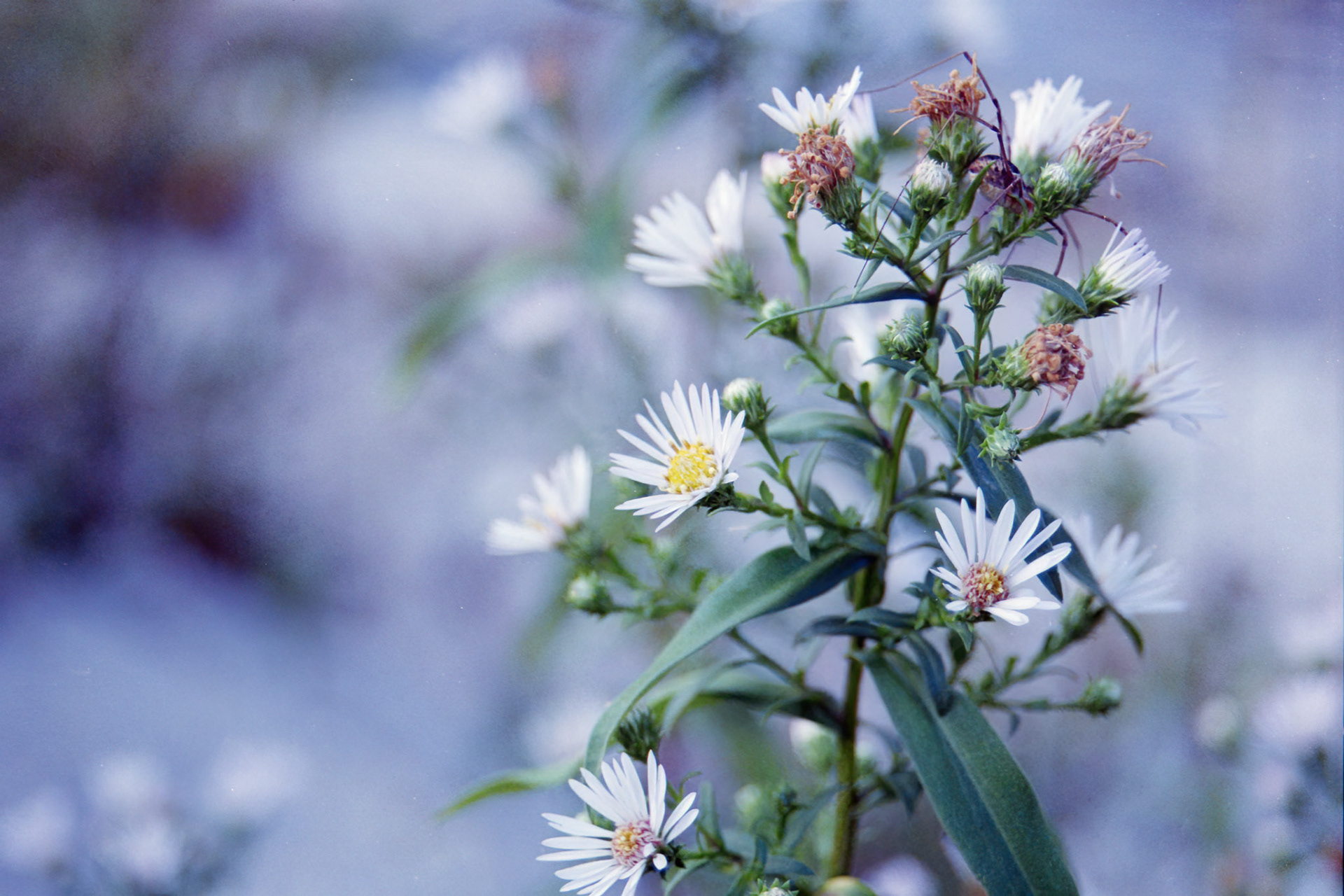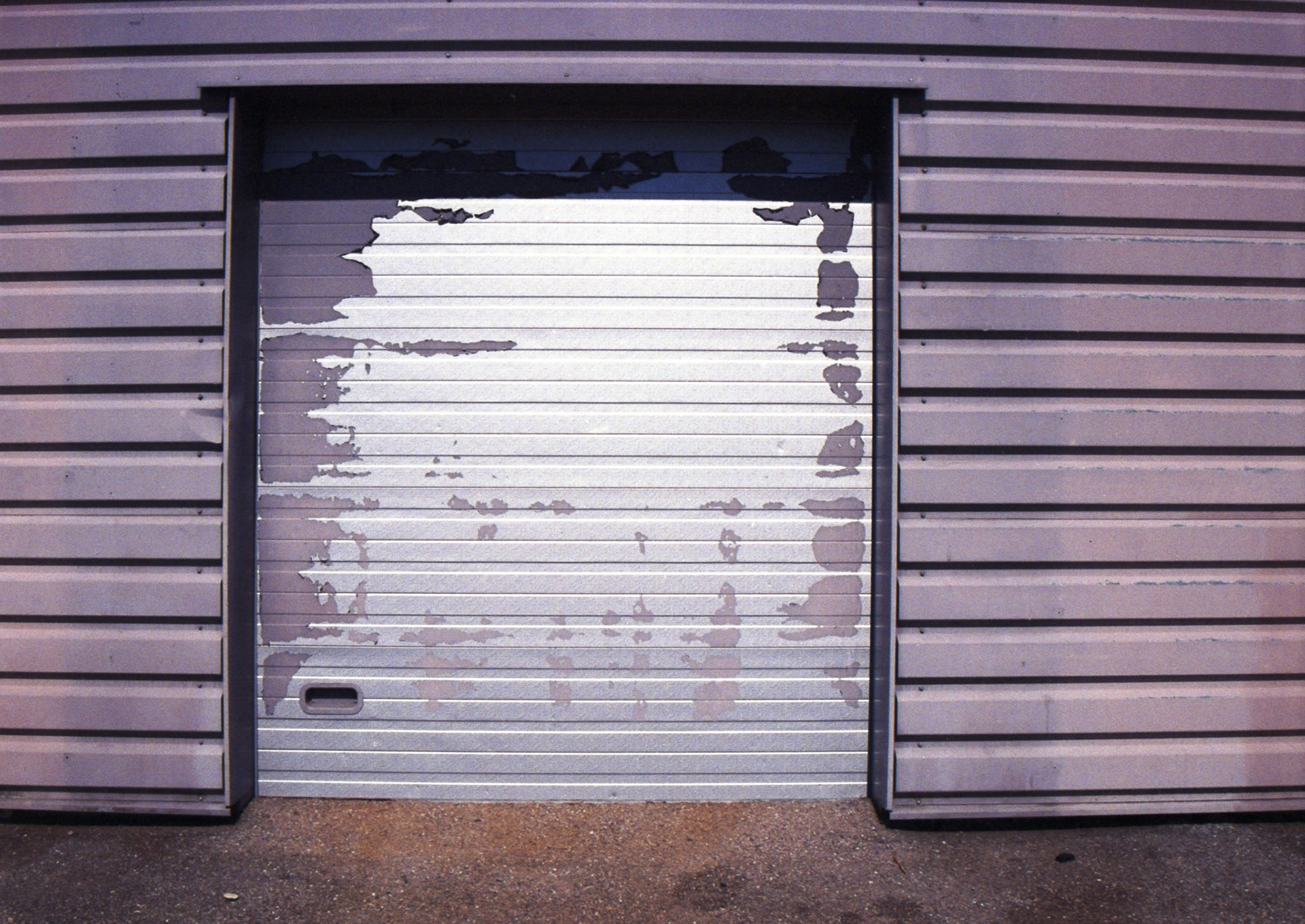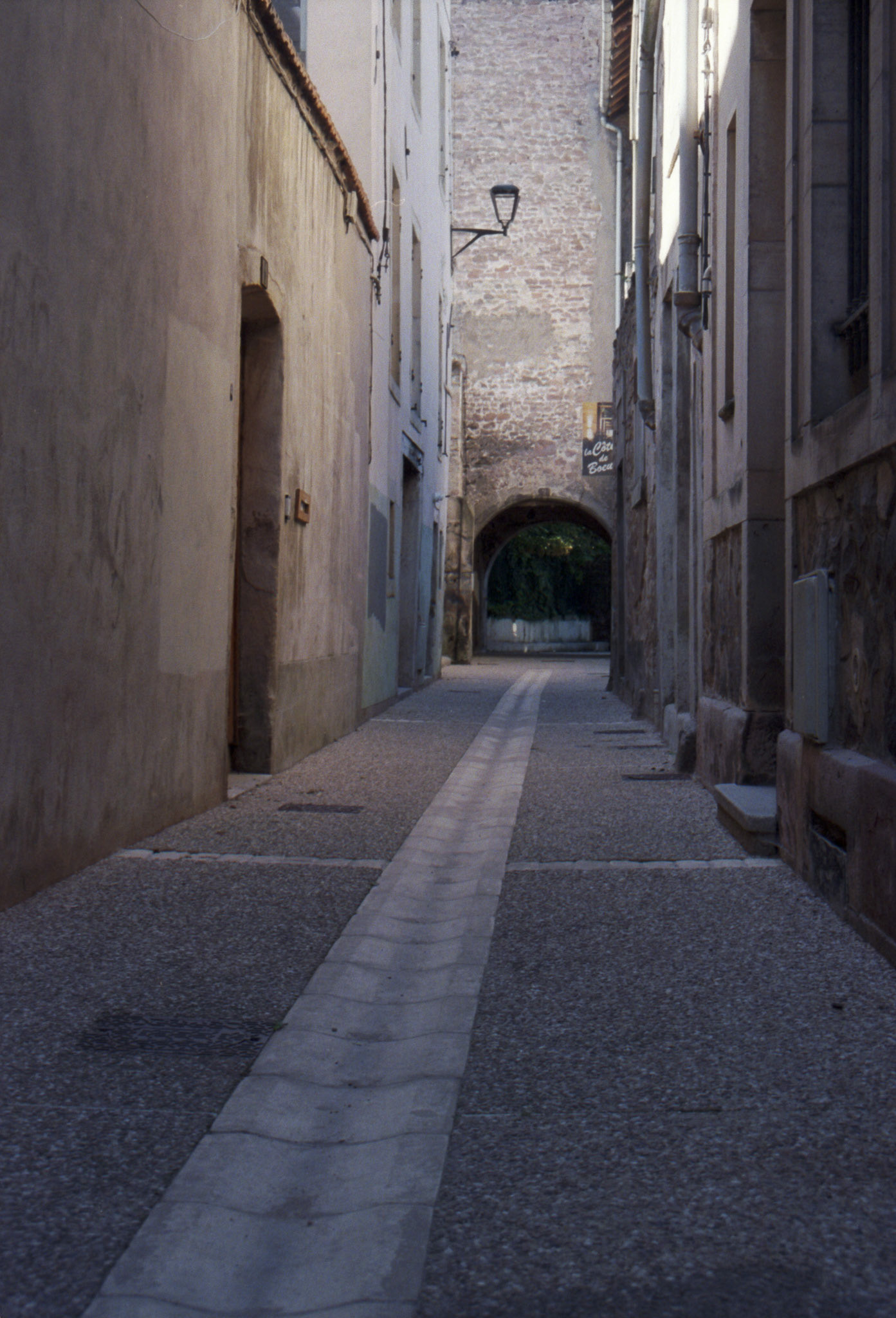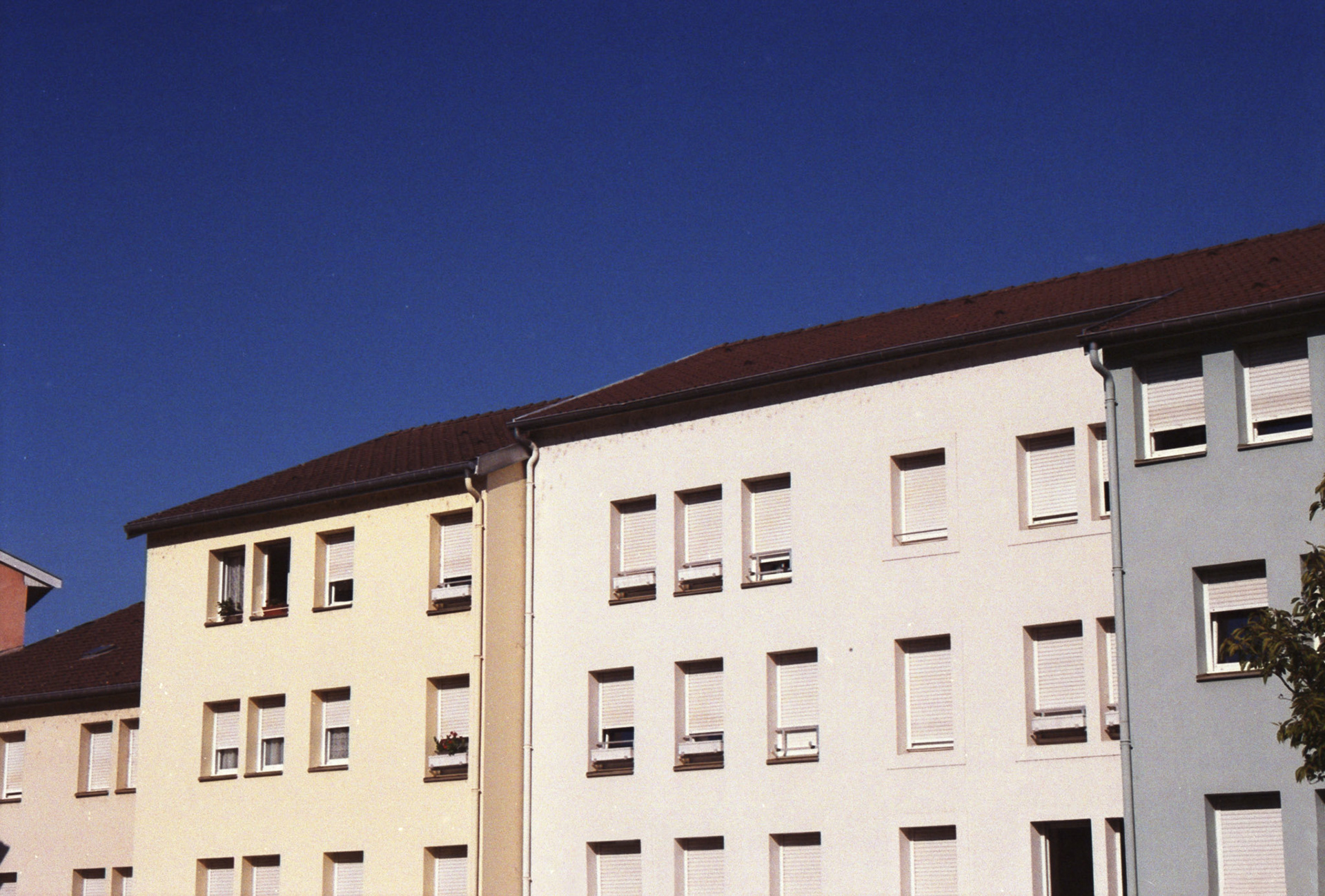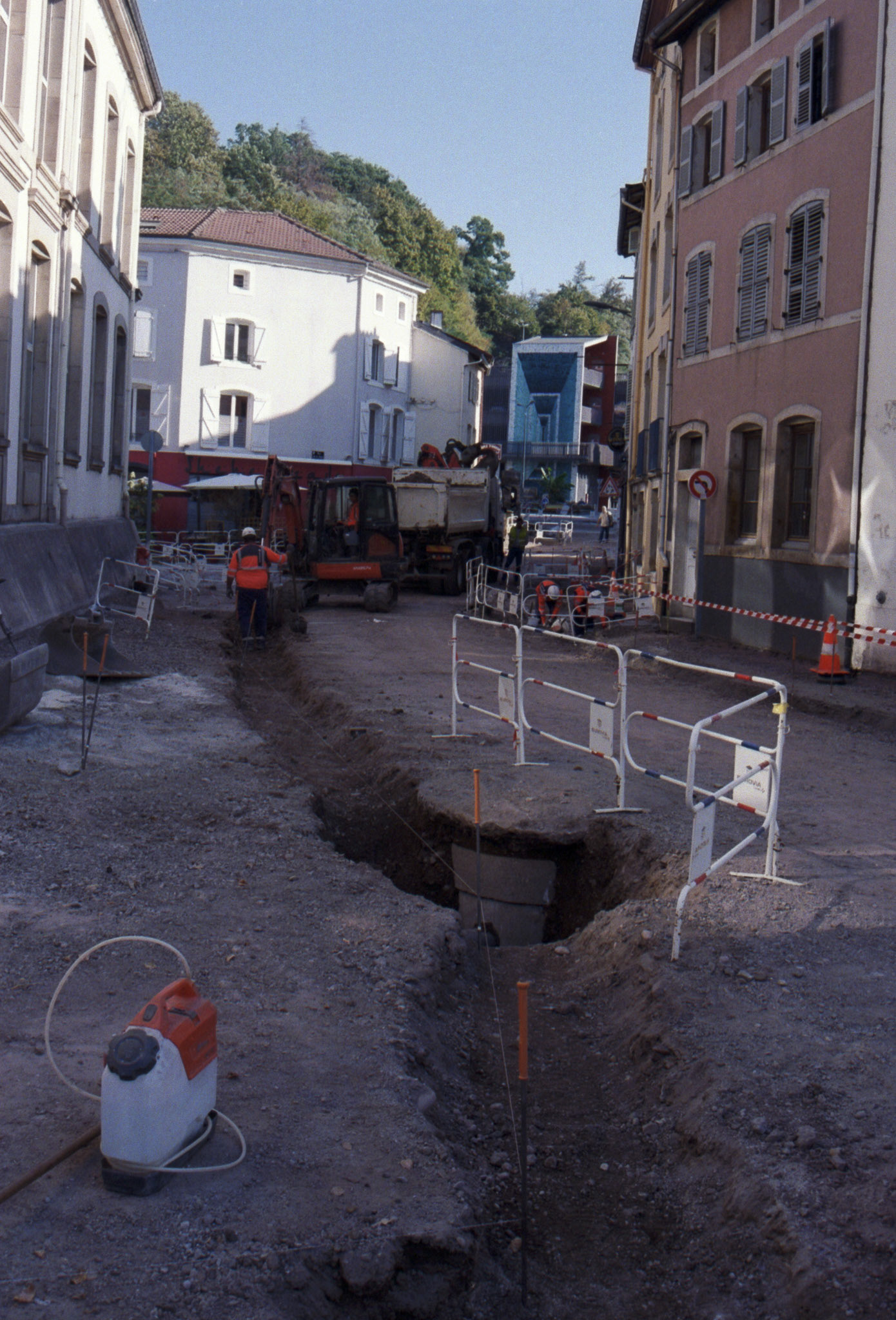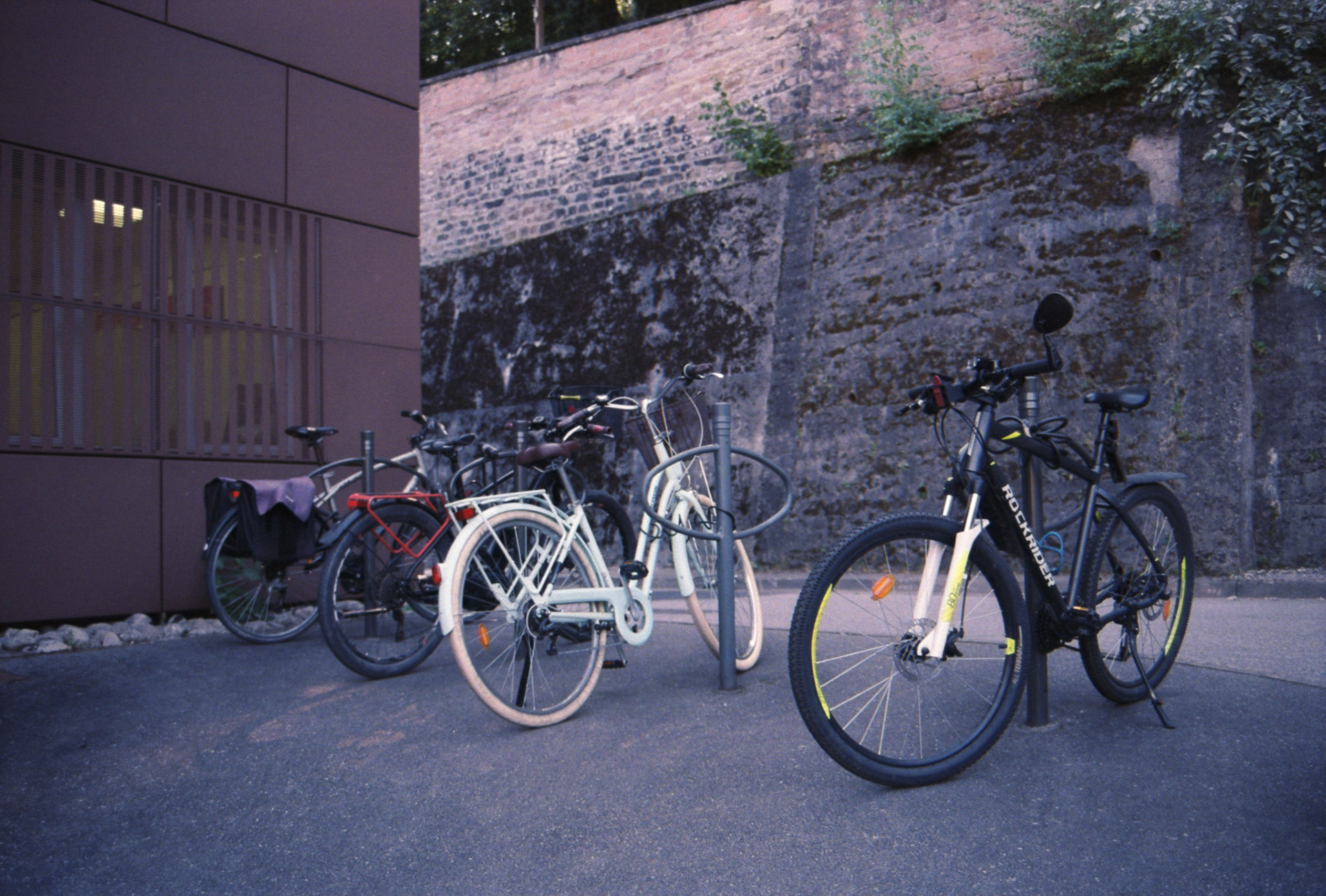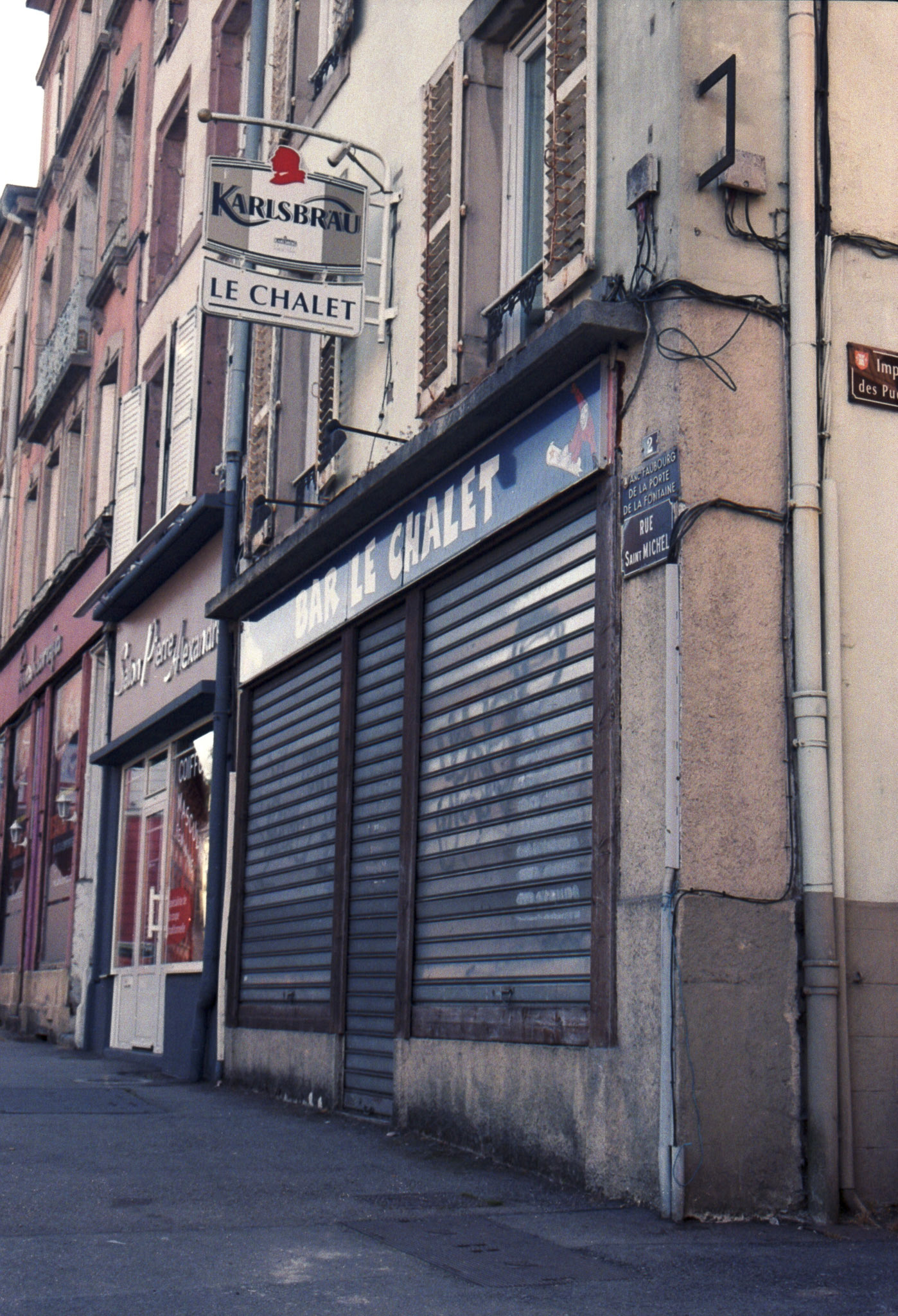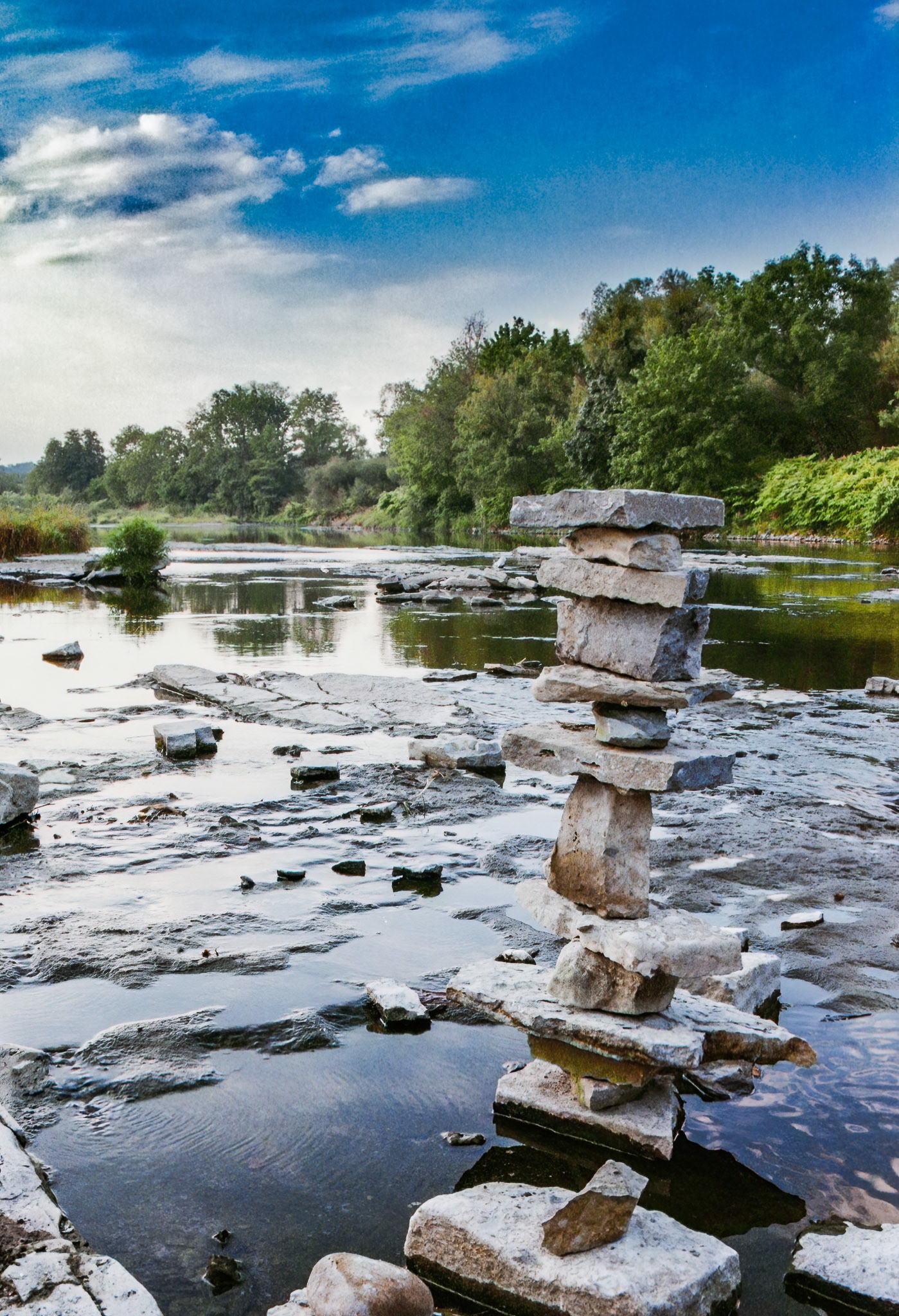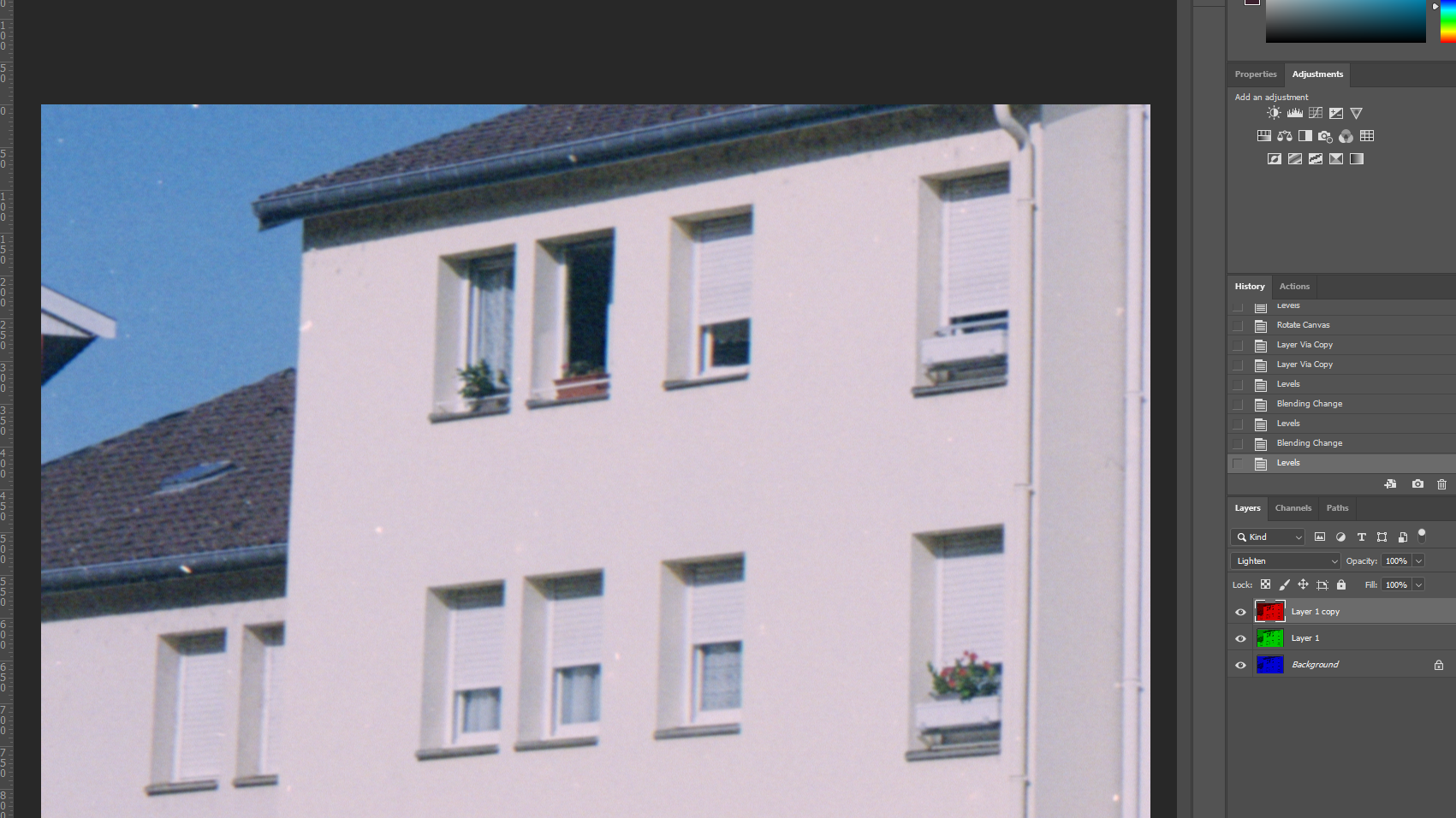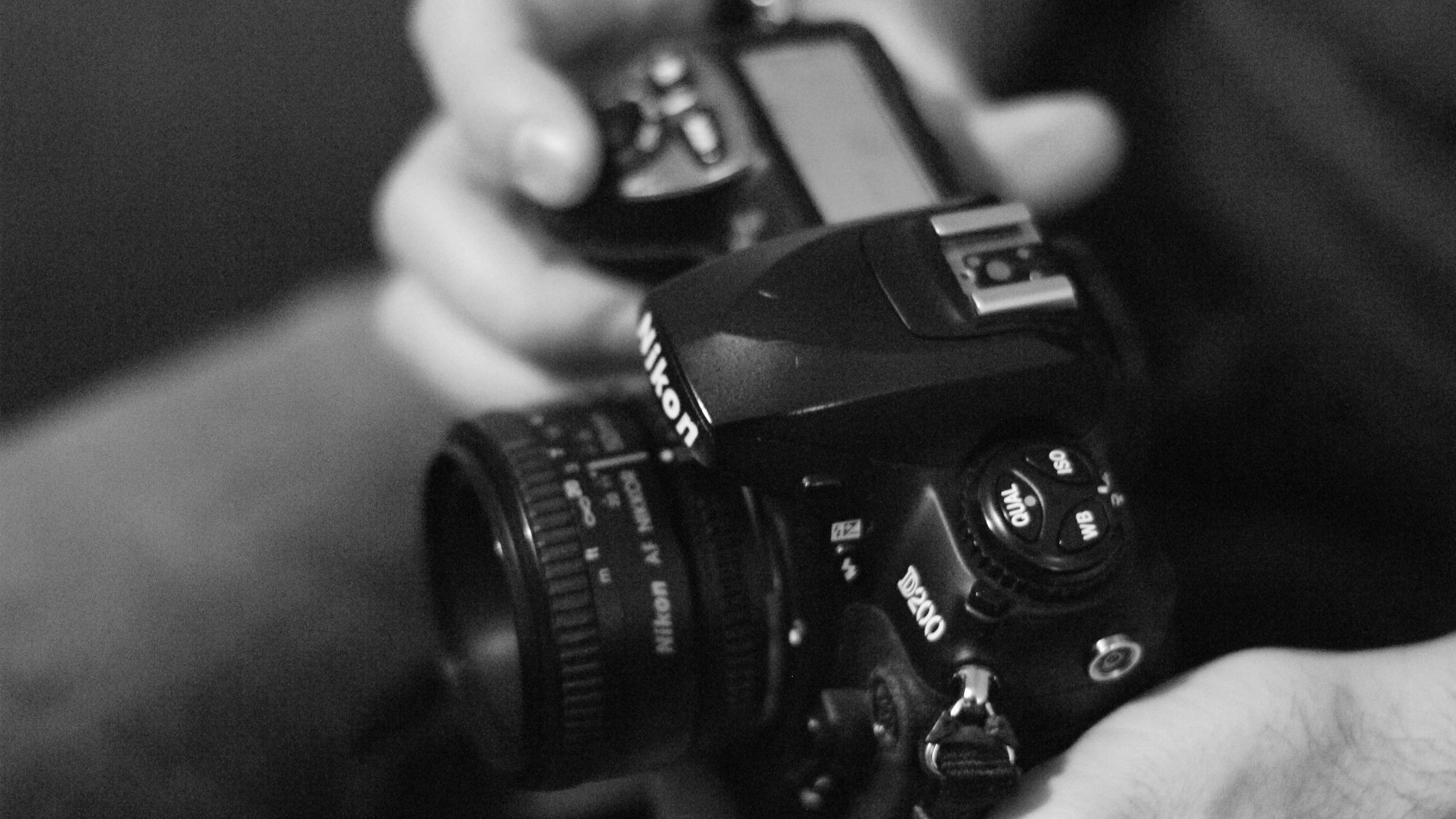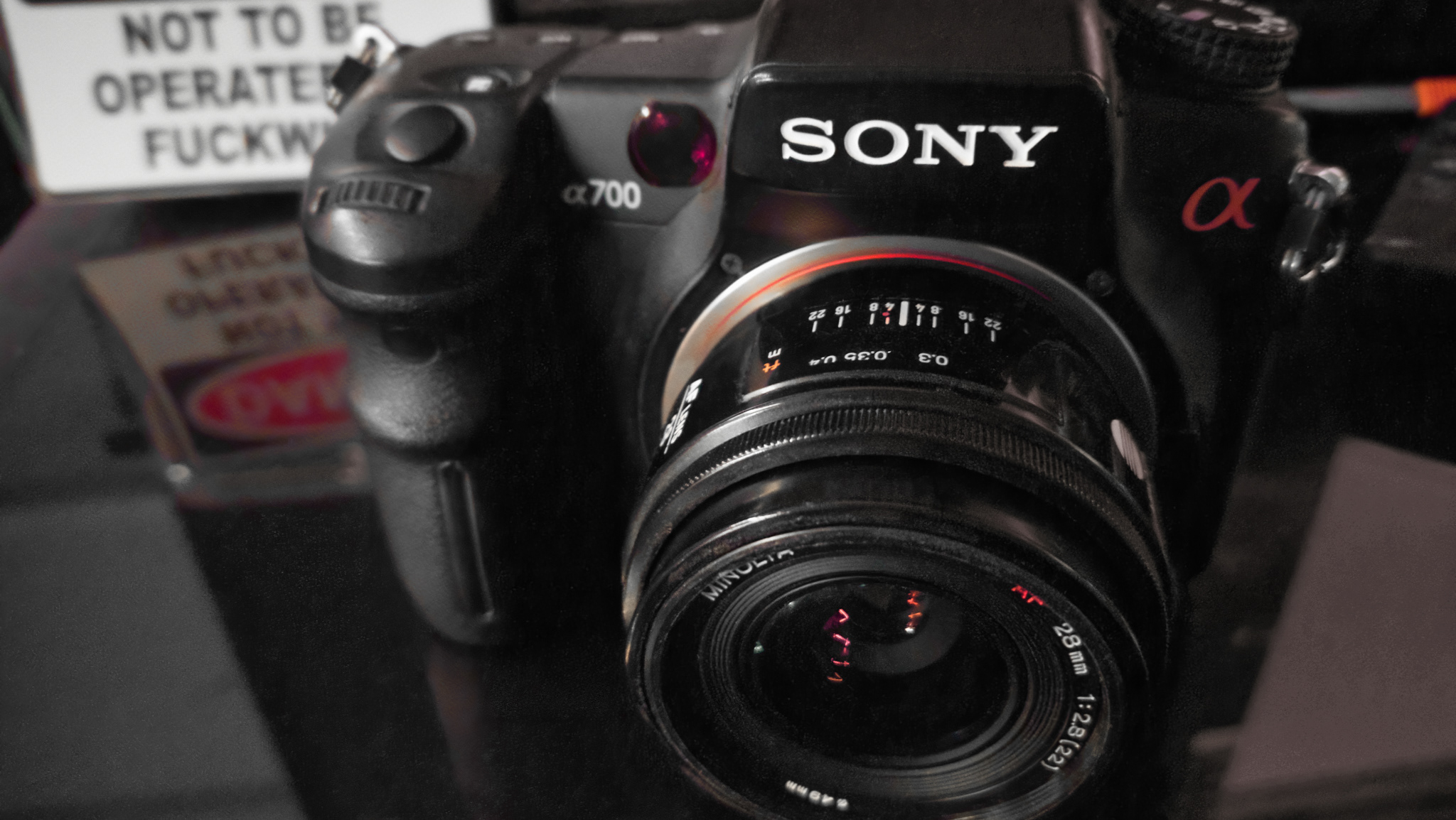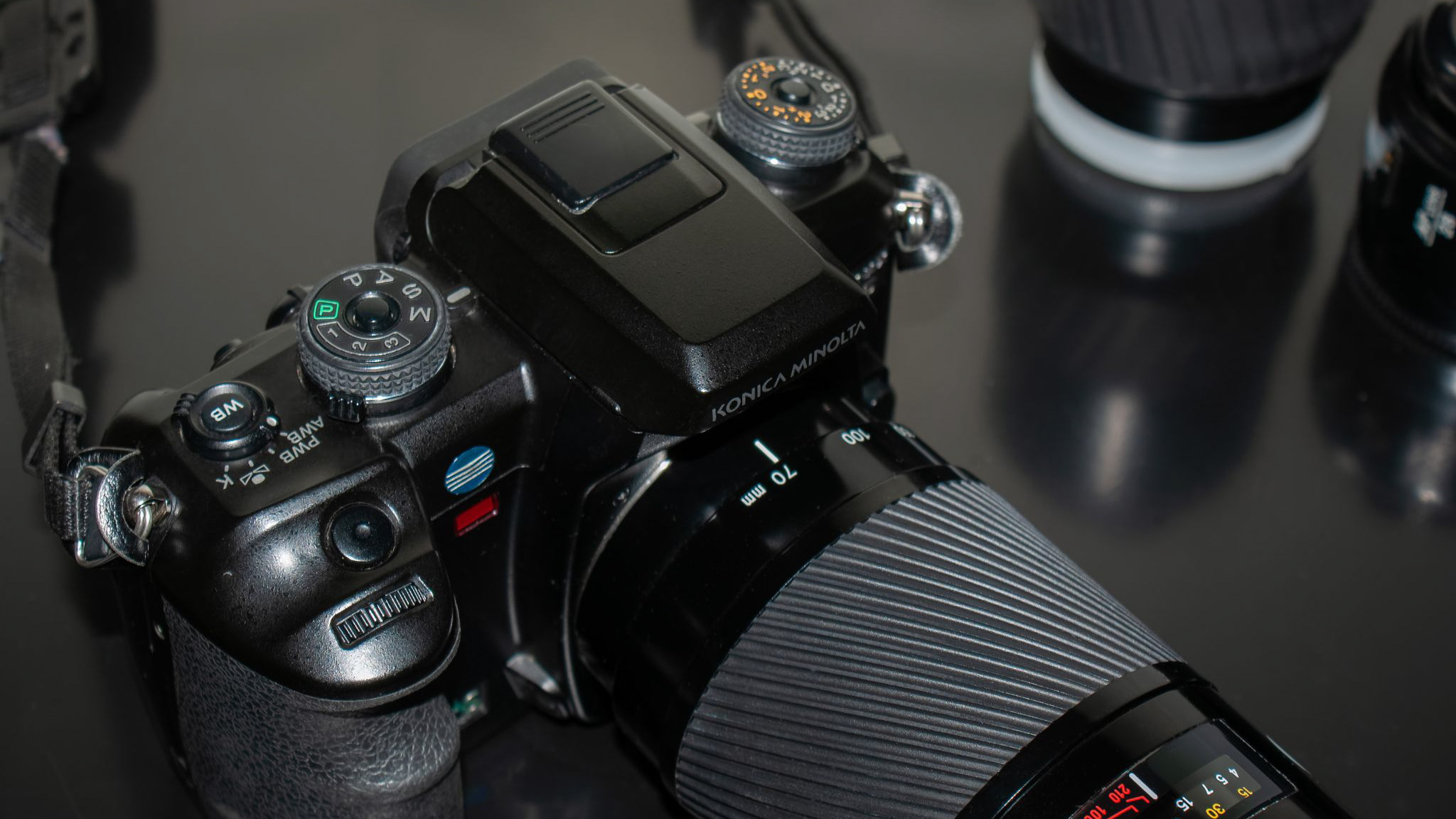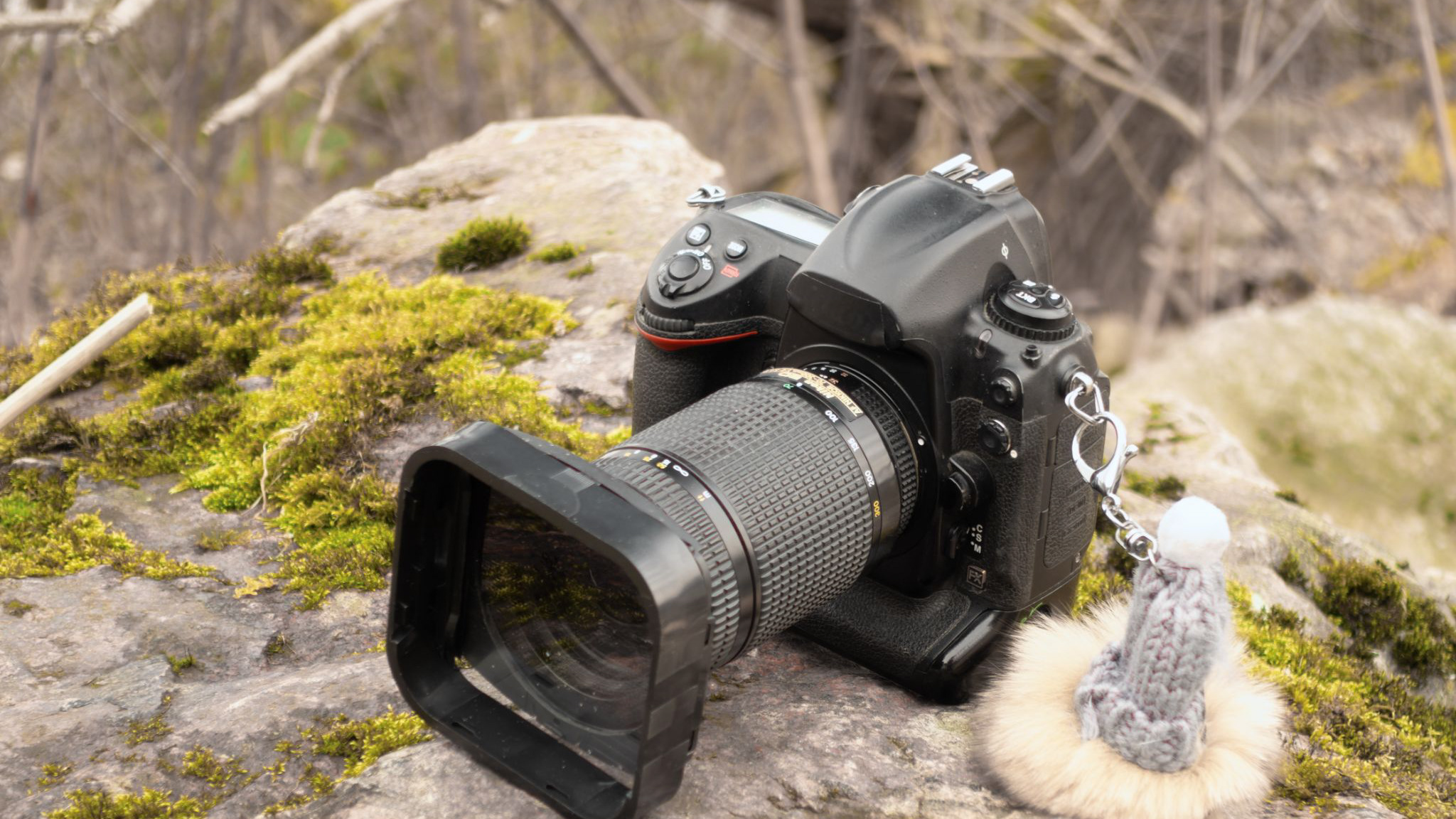The F50 is a low end Nikon SLR from 1994, and besides the fact that you can swap lenses, it basically is just a glorified point and shoot.
It has some stupid scenes modes, PASM modes, basic AF, TTL metering, 4 stupid buttons instead of wheels, NO diopter adjustment for the viewfinder (that sucks), no DOP preview button, no remote, and easy film loading: there is really not much to say about that piece of plastic: exposure is right, AF is right too: set it in Aperture priority mode, frame, shoot.
The viewfinder is large and clear enough, it handles well even if the plastic is a bit slippy. Just worth 20 bucks with a cheap lens.
The Kodak UltraMax 400 is the "new" Gold Max 400. Well, it is just the same with a new name in my opinion. Nothing special about that film: it's not bad, not good, can handle mostly any situation, behaves well at developing and behaves well at scanning. It's cheap and versatile. that makes it quite a good all-around film.
It turns out my F50 works as intended, exposure is right, no light leaks, AF is good: nothing to report.
Actually, the camera model and the film don't really matter. Any camera in working order will take well exposed and focused images. And any film will make good images too. The differences in films are supposed to be basically: sensibility, color balance, grain and curves. But in the end, all that remains after you scan it is basically the grain, sensibility and in some measure the curves.
Even with software technologies that are supposed to get the colors from the neg, you won't really get it. On top of that, since you're very likely to adjust your photo in LR or another software, the original colorimetry will mostly be gone.
What is really important is the process of shooting film. But that is not the topic here: slow, deliberate shooting, being limited to 36 exposures in a roll, waiting for the film to be developed, scanning it, etc.
It's just fun and different, something I enjoy from loading the film to scanning and working on the negs on my Mac. If you have some spare change just give it a try: buy some used working camera, a couple rolls of film, and shoot.
